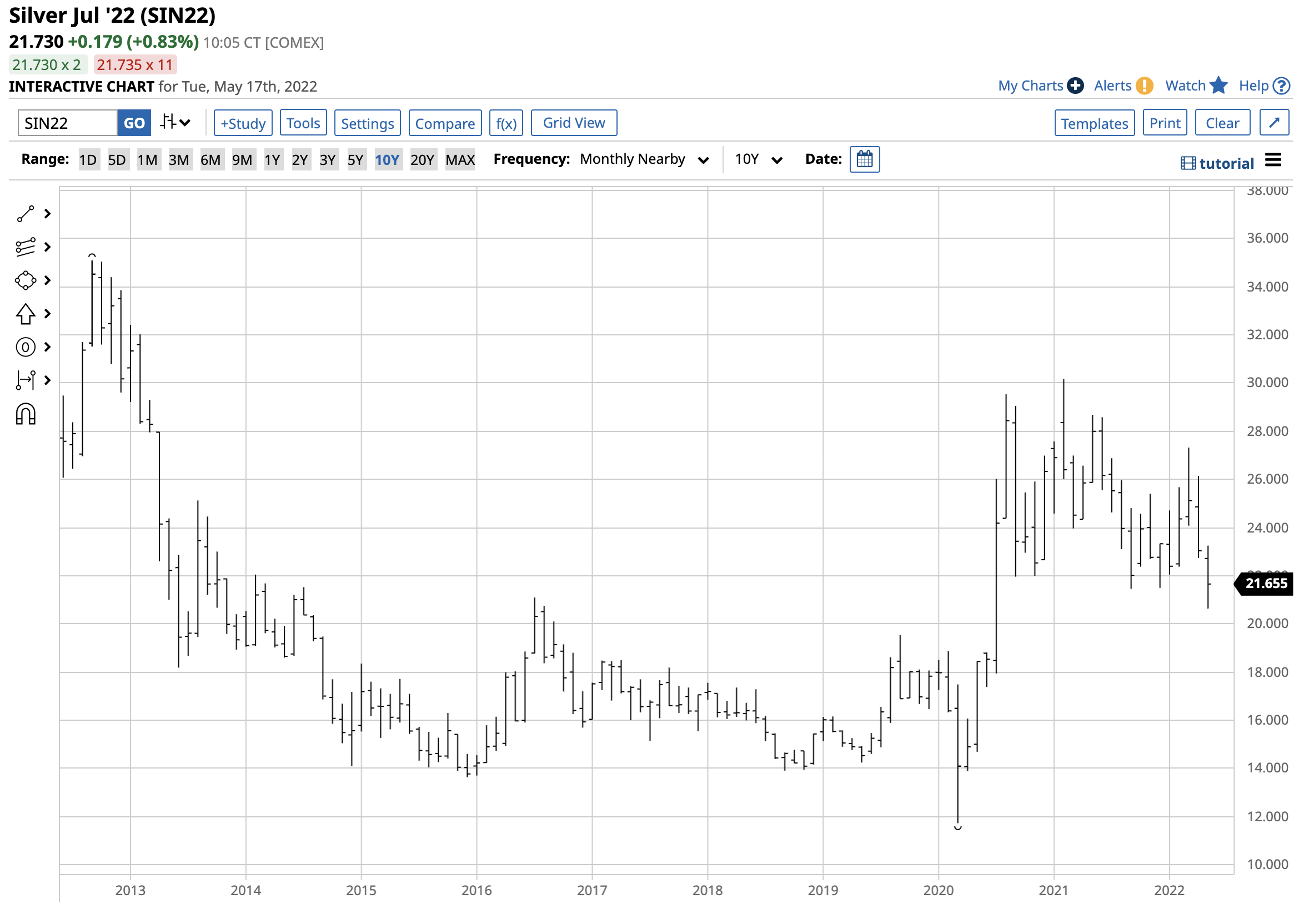
Investing in a long-term bond has many advantages. The interest rate rises as the bond ages and long bonds tend to have higher rates of return than their shorter counterparts. Long bonds also have a relatively safe investment environment because they ensure that investors will receive their capital investment back. However, some investments may lose value over time. This article will review the benefits of investing in a long bond and give you some useful tips on how to buy a long bond.
Par value
Par value of long bond is the face value of a bond, which is the amount investors will receive at the time of maturity, if the issuer defaults on the debt. Par value means that an investor will pay par if he buys a bond. But, if the bond retires before maturity, the investor may receive a premium, or even the par value. Additionally, an investor who purchases a bond on secondary markets will often pay more than its face value.
The par amount of a longer bond serves as a reference point for pricing. If the bond price fluctuates above or below that par value, it is referred to as the benchmark. Market prices of bonds are affected by interest rates and credit status. Therefore, investors should pay special attention to the market value when determining whether to buy or sell a bond. Understanding par value will help investors avoid making costly mistakes that can result in capital losses.

Term to maturity
The maturity term for long bonds is usually 10 years. Long bonds pay higher interest rates that short-term bonds. The longer the term, the more likely the investor will lock in the higher rate for the entire life of the bond. While the maturity date of a bond may be fixed or adjusted, the interest rate for a longer term is more likely to rise. However, a longer-term bond may be less risky if you are not interested in earning high short-term yields.
Bonds have two main characteristics: a long term bond will pay higher rates for the duration of the term while a short-term bond will not. Investors who expect interest rates to rise will purchase short-term bonds which have a shorter term. These investors do not want to have to pay below market interest rates or sell their bonds at a profit when they can reinvest into higher-interest bonds. The coupon and term to maturity of a bond determine its market value and the yield at maturity. Many bonds are fixed on terms that will expire, though others may allow an investor to alter this term using provisions.
Risks of selling a long bond before maturity
You need to be aware of the risks involved in selling a long-term bond before it matures. The bond issuer may guarantee that the principal will be returned upon maturity. However, selling the bond early can increase the risk. You might need to pay a significant markdown due to market conditions and the interest rate. This will lower the amount that you will receive when the bond matures.
Inflation is another risk. Inflation reduces the purchasing ability of fixed payments so you might consider selling your bond early. You may be able recover some of your investment if the issuer defaults, but it is safer to sell your bond holdings. Here are some reasons that you might want to sell your long bond before it matures:

Other countries have bonds with maturities greater than the U.S. long bond
A long-term bond is a type of debt obligation issued by an issuer. These bonds are generally issued by a sovereign. These bonds are generally denominated into the currency that the issuing country. Some countries, however, issue bonds outside the country. They may also issue bonds in different currencies. Another type of bond is the corporate issuer. They borrow money to expand operations, or to fund new ventures. Many developing countries now have a corporate sector, making corporate bonds a viable investment option.
A long-term bond yields a different yield than a shorter-term bond. Short-term bonds mature within three years. Medium-term bonds mature within four to 10 years, while long-term bonds have maturities greater than ten years. Long-term bonds, which can be subject to adverse events, are generally more risky. However, these bonds typically offer higher coupon rates.
FAQ
What is an REIT?
An entity called a real estate investment trust (REIT), is one that holds income-producing properties like apartment buildings, shopping centers and office buildings. These companies are publicly traded and pay dividends to shareholders, instead of paying corporate tax.
They are similar to a corporation, except that they only own property rather than manufacturing goods.
Why is a stock called security.
Security refers to an investment instrument whose price is dependent on another company. It could be issued by a corporation, government, or other entity (e.g. prefer stocks). The issuer promises to pay dividends to shareholders, repay debt obligations to creditors, or return capital to investors if the underlying asset declines in value.
What is a bond and how do you define it?
A bond agreement between 2 parties that involves money changing hands in exchange for goods or service. It is also known by the term contract.
A bond is typically written on paper, signed by both parties. The document contains details such as the date, amount owed, interest rate, etc.
When there are risks involved, like a company going bankrupt or a person breaking a promise, the bond is used.
Many bonds are used in conjunction with mortgages and other types of loans. This means that the borrower will need to repay the loan along with any interest.
Bonds are used to raise capital for large-scale projects like hospitals, bridges, roads, etc.
A bond becomes due upon maturity. When a bond matures, the owner receives the principal amount and any interest.
Lenders lose their money if a bond is not paid back.
Statistics
- Even if you find talent for trading stocks, allocating more than 10% of your portfolio to an individual stock can expose your savings to too much volatility. (nerdwallet.com)
- Ratchet down that 10% if you don't yet have a healthy emergency fund and 10% to 15% of your income funneled into a retirement savings account. (nerdwallet.com)
- Our focus on Main Street investors reflects the fact that American households own $38 trillion worth of equities, more than 59 percent of the U.S. equity market either directly or indirectly through mutual funds, retirement accounts, and other investments. (sec.gov)
- "If all of your money's in one stock, you could potentially lose 50% of it overnight," Moore says. (nerdwallet.com)
External Links
How To
How to Open a Trading Account
The first step is to open a brokerage account. There are many brokers available, each offering different services. There are many brokers that charge fees and others that don't. Etrade is the most well-known brokerage.
Once you've opened your account, you need to decide which type of account you want to open. You can choose from these options:
-
Individual Retirement Accounts (IRAs)
-
Roth Individual Retirement Accounts
-
401(k)s
-
403(b)s
-
SIMPLE IRAs
-
SEP IRAs
-
SIMPLE 401(k)s
Each option comes with its own set of benefits. IRA accounts provide tax advantages, however they are more complex than other options. Roth IRAs give investors the ability to deduct contributions from taxable income, but they cannot be used for withdrawals. SIMPLE IRAs can be funded with employer matching funds. SEP IRAs work in the same way as SIMPLE IRAs. SIMPLE IRAs require very little effort to set up. These IRAs allow employees to make pre-tax contributions and employers can match them.
The final step is to decide how much money you wish to invest. This is called your initial deposit. Most brokers will give you a range of deposits based on your desired return. You might receive $5,000-$10,000 depending upon your return rate. The lower end of this range represents a conservative approach, and the upper end represents a risky approach.
Once you have decided on the type account you want, it is time to decide how much you want to invest. There are minimum investment amounts for each broker. These minimums vary between brokers, so check with each one to determine their minimums.
You must decide what type of account you want and how much you want to invest. Next, you need to select a broker. Before selecting a broker to represent you, it is important that you consider the following factors:
-
Fees-Ensure that fees are transparent and reasonable. Brokers will often offer rebates or free trades to cover up fees. However, some brokers charge more for your first trade. Be wary of any broker who tries to trick you into paying extra fees.
-
Customer service - Look for customer service representatives who are knowledgeable about their products and can quickly answer questions.
-
Security - Make sure you choose a broker that offers security features such multi-signature technology, two-factor authentication, and other.
-
Mobile apps - Find out if your broker offers mobile apps to allow you to view your portfolio anywhere, anytime from your smartphone.
-
Social media presence – Find out if your broker is active on social media. If they don’t, it may be time to move.
-
Technology - Does the broker use cutting-edge technology? Is the trading platform easy to use? Are there any issues with the system?
Once you've selected a broker, you must sign up for an account. Some brokers offer free trials, while others charge a small fee to get started. After signing up, you will need to confirm email address, phone number and password. Next, you will be asked for personal information like your name, birth date, and social security number. The last step is to provide proof of identification in order to confirm your identity.
Once verified, your new brokerage firm will begin sending you emails. These emails contain important information about you account and it is important that you carefully read them. The emails will tell you which assets you are allowed to buy or sell, the types and associated fees. Track any special promotions your broker sends. These could be referral bonuses, contests or even free trades.
Next, open an online account. An online account can be opened through TradeStation or Interactive Brokers. Both sites are great for beginners. When you open an account, you will usually need to provide your full address, telephone number, email address, as well as other information. Once you have submitted all the information, you will be issued an activation key. This code will allow you to log in to your account and complete the process.
Now that you've opened an account, you can start investing!